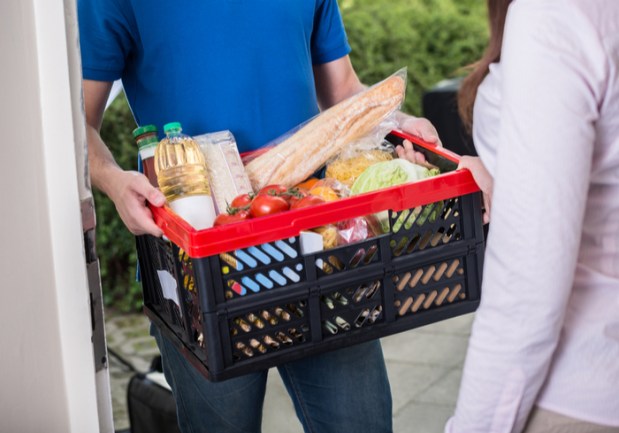Walmart, JD.com Invest $500M Into Dada-JD Daojia

Dada-JD Daojia, a grocery and delivery company in China, disclosed Thursday (August 9) that it raised $500 million from Walmart and JD.com in a round of financing.
According to a report in Reuters, citing Dada-JD Daojia, the company is partly owned by JD.com and operates two businesses: Dada, the delivery service that has a network of 5 million delivery men, and JD Daojia, which partners with retails stores to provide delivery services. Reuters noted Walmart invested $320 million in the round of funding. Walmart has had a partnership with Dada-JD Daojia since 2016 when it invested $50 million. Currently, 200 Walmart stores in 30 Chinese cities are on JD Daojia.
“We are confident that this deeper collaboration with Dada-JD Daojia will enhance our omni-channel footprint and deliver a better O2O (online to offline) customer experience,” said Wern-Yuen Tan, president and CEO for Walmart China, reported Reuters.
Walmart, noted Reuters, is aiming to integrate its retail network in the country with the smart retail movement happening, in which retailers and tech companies meld online and offline shopping.
Earlier in 2018 Walmart opened a supermarket in China that is high-tech. The 10,000 square-foot store carries more than 8,000 items offered both in-store and online, focusing on fresh foods, fast delivery, value and everyday convenience. Designed by Tampa-based design and architecture firm api(+), the layout gives fresh vegetables, fruit and frozen foods prominence, along with popular pre-prepared dishes. Electronic price tags enable the retailer to keep prices current. A high-tech stocking system enables associates to locate products and fulfill orders through the fastest product route.
In fact, the system allows for home delivery in as few as 29 minutes to locations within two kilometers of the supermarket. The store also offers Walmart’s “Scan & Go” option, where customers can simply use a mini program on WeChat (China’s top social media platform) to scan the barcodes on products as they shop. They then pay via their mobile device and quickly verify payment, bypassing the checkout counter.